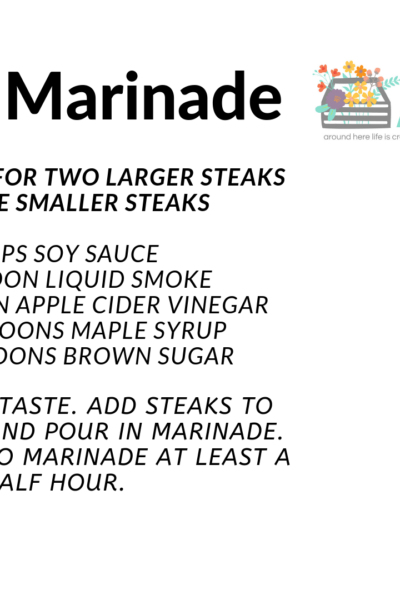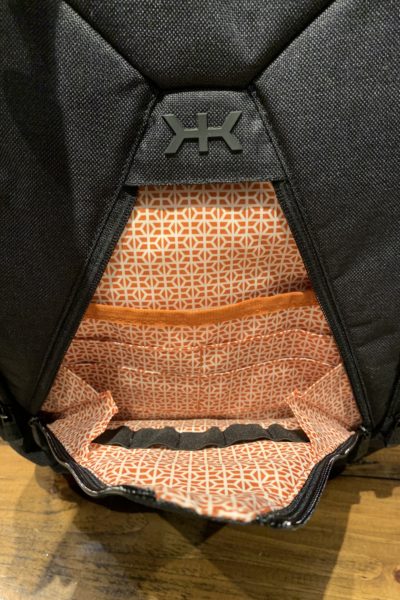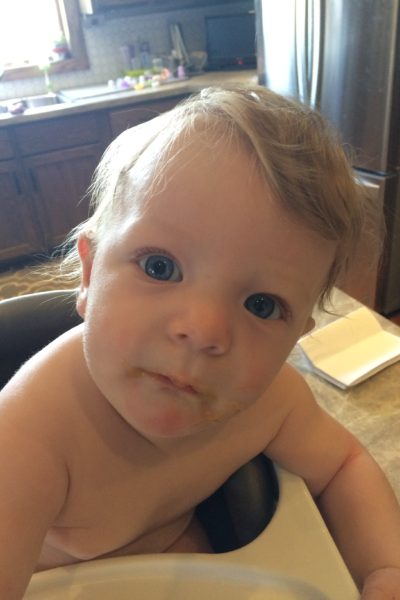On dairy farms we have lots of babies to take care of and in our case, the baby of a cow is called a calf. A calf can be a boy or a girl, it’s a term for both that just means that they are under one year of age. I’ve already showed you how we take care of the new born calves, but you’re probably wondering what happens to them after their first few hours of life.
Calves get fed 2 times a day at my family’s farm, but some farms feed 3 times a day. Each farm has their own preferences on feeding, but either way will grow a healthy, happy calf. The most important part of feeding calves is the milk, just like a baby, calves receive milk for the first part of their life.
Farms can either feed fresh milk or milk replacer. Milk replacer is just like baby formula (dried milk, that can be brought back to liquid form by mixing with warm water) and one of the advantages of using milk replacer instead of fresh milk is spoilage. Calves drink very large quantities of milk, remember the post I did about colostrum and I showed you the bottle and how big it was. If not, check it out here. Calves just start out drinking 4 quarts at each feeding, once they get bigger they eat more! To get back to my point, there is a great deal of fresh milk we would have to store on the farm every day to feed calves. In hot weather like now, it’s almost impossible to keep fresh milk from spoiling without a cooler.
The equipment to keep the milk from spoiling and in prime condition for the calves is very expensive and most dairy farmers can’t afford it because we have another alternative. Instead, a lot of dairy farmers choose to feed milk replacer. Generally, the replacer comes in 50 pound bags.
At my house each bag comes with a cup in it and each calf gets a certain number of scoops depending on how old they are.
In the calf barn, each calf has two pails to eat out of, one for the milk and one for grain. Each calf gets grain as well at each feeding. The grain helps their digestive system develop to eating solid food, which is just like feeding a baby. Their mothers start them on a baby food to help them adjust to normal food. After the calves drink their milk we also give them water. Just like you and I, calves need water too. This is especially important during the very hot and very cold times of the year because calves can dehydrate very fast.
One of the most concerning things people often see in a dairy calf operation is the fact that each calf is by itself in a pen. We have very good reasons for it. Each calf is born without an immune system, meaning it can’t fight off any illnesses because it has no antibodies. This is just like a premature baby being born, they also have no immune system and have to be kept in a very sterile and clean environment. With this being said, the health of the calf is still number one on a dairy farms’ list. By putting each calf in it’s own pen during its milk stage, allows us to keep the illness to a minimum and help them grow a robust and healthy immune system before putting them in group pens.
One of the final things we do to keep a calves healthy and happy is bedding them regularly. In order to keep their pens clean and sterile we do a lot of work with the pens. After one calf leaves the barn we clean everything out of it and let the pen dry completely to keep any viruses and germs from being spread to the new calf. We lay down fresh, clean straw for the calves to lay on and to keep them clean. Each day we check the pens and give them fresh straw if they need it. We always want to have a dry, smell free pen for every calf.
My family and I work hard to make sure our calves are healthy. I appreciate you reading this post and my blog.









